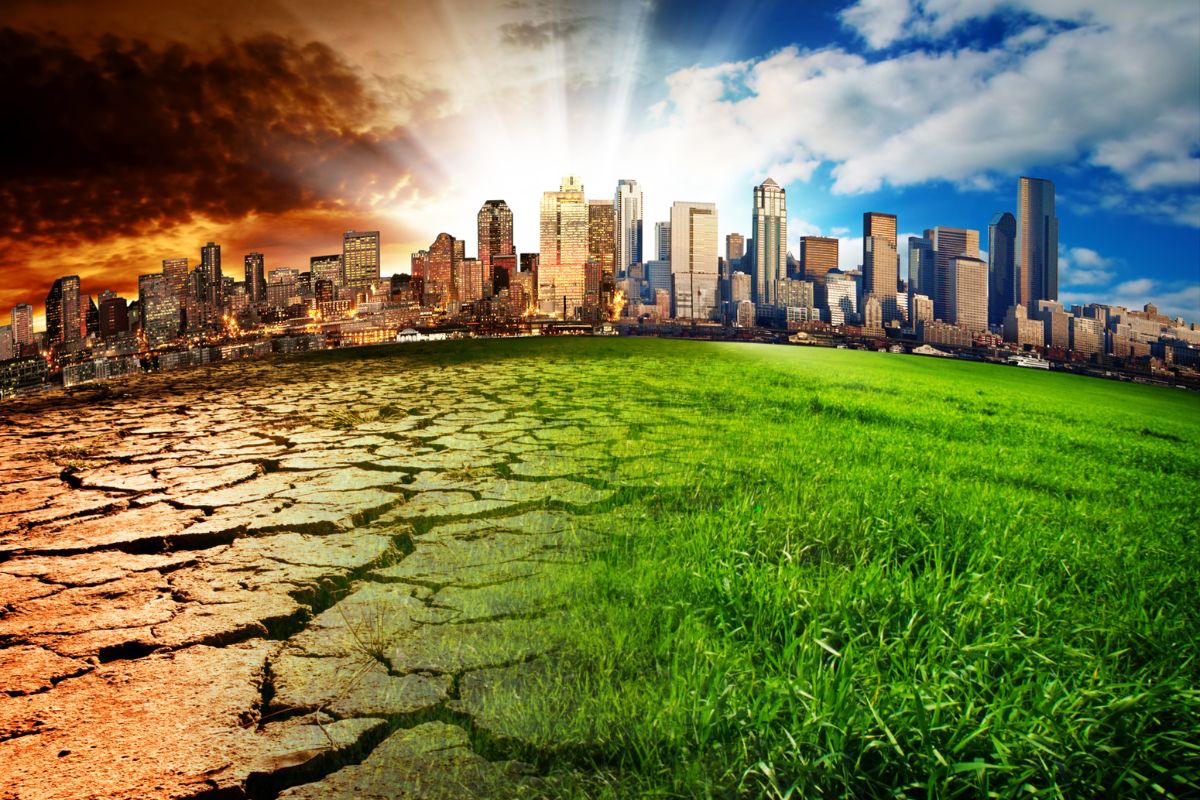The latest data on global temperatures is more than just a series of alarming statistics. It’s a clarion call that humanity can no longer afford to ignore. July 2024 marked the second hottest month of July in history, a stark reminder that the Earth is undergoing a profound and rapid transformation, much of it driven by human activity. The magnitude of these temperature rises, while partly influenced by natural phenomena like El Niño, is overwhelmingly the result of greenhouse gas emissions from fossil fuel industries. This trend is not an anomaly but a clear indicator of the long-term impact that human actions are having on the planet.
What is particularly concerning is the persistence of these temperature records. For 13 consecutive months, each month has set new highs, reflecting a broader and more troubling pattern. This is not just a temporary spike; it is a systemic issue. The rise in global temperatures is not confined to one region or season but is affecting the entire planet, from the Arctic to Antarctica, from the oceans to the deserts. This brings us to the critical question: What does this mean for our future? The consequences of these temperature increases are already being felt in various ways. Heatwaves, once considered rare and extreme, are becoming more frequent and severe. Droughts and floods are impacting food production and water availability, leading to economic instability and human suffering. Sea levels are rising, threatening coastal communities and ecosystems.
Advertisement
The very fabric of life on Earth is being altered, and we are only beginning to understand the full scope of these changes. One of the most concerning aspects of this warming trend is its impact on the world’s oceans. Oceans not typically affected by El Niño are experiencing unprecedented temperature increases. This suggests that other factors, possibly related to changes in ocean currents or other less understood mechanisms, are at play. The oceans are a critical component of the Earth’s climate system, absorbing vast amounts of heat and carbon dioxide. If they are warming at this rate, it could signal a tipping point in the climate system, with potentially catastrophic consequences. The situation in the polar region further underscores the gravity of the issue.
Arctic sea ice is decreasing at an alarming rate, and Antarctic sea ice is at its secondlowest extent on record. These changes are not just symbolic; they have real-world implications for global weather patterns, sea levels, and biodiversity. The loss of sea ice accelerates global warming. We must recognise that the warming of our planet is not just a future threat; it is happening now. The time for debate and denial is over. What we need is urgent, collective action to reduce greenhouse gas emissions, transition to renewable energy sources, and implement adaptive measures to protect the most vulnerable populations. The science is clear, and the consequences of inaction are too dire to contemplate









